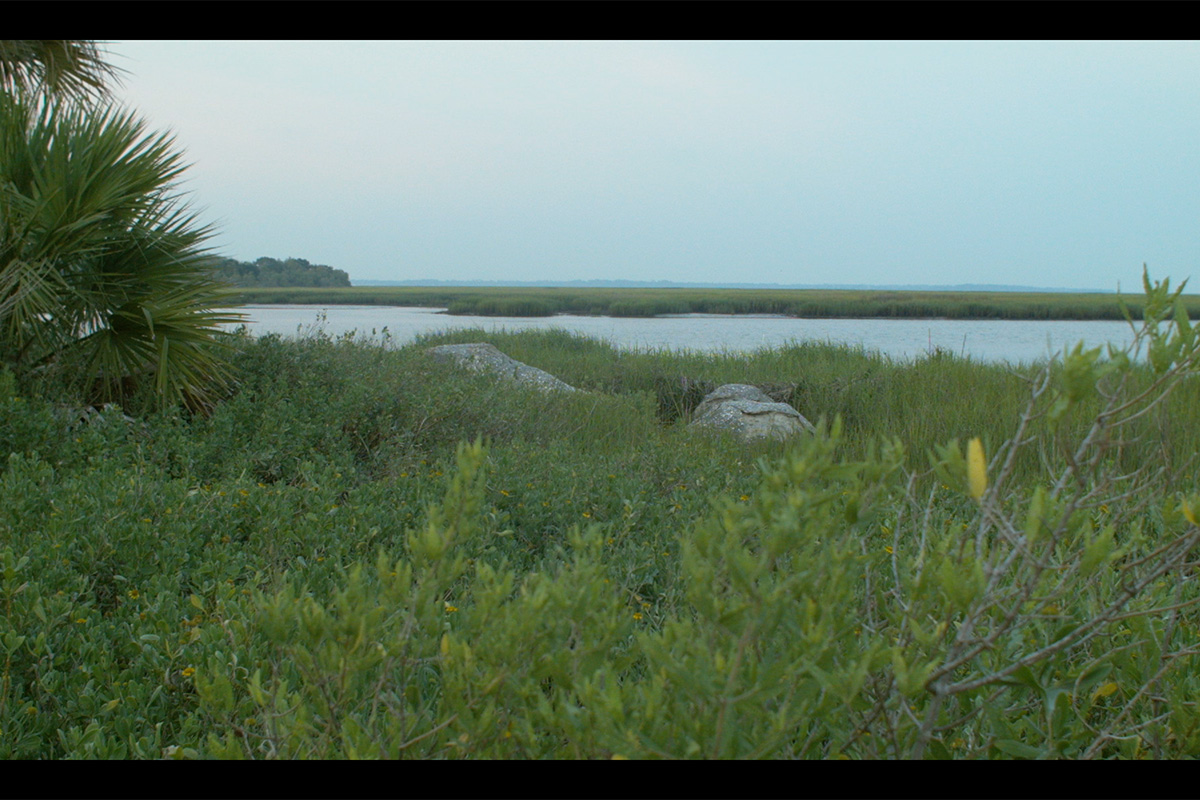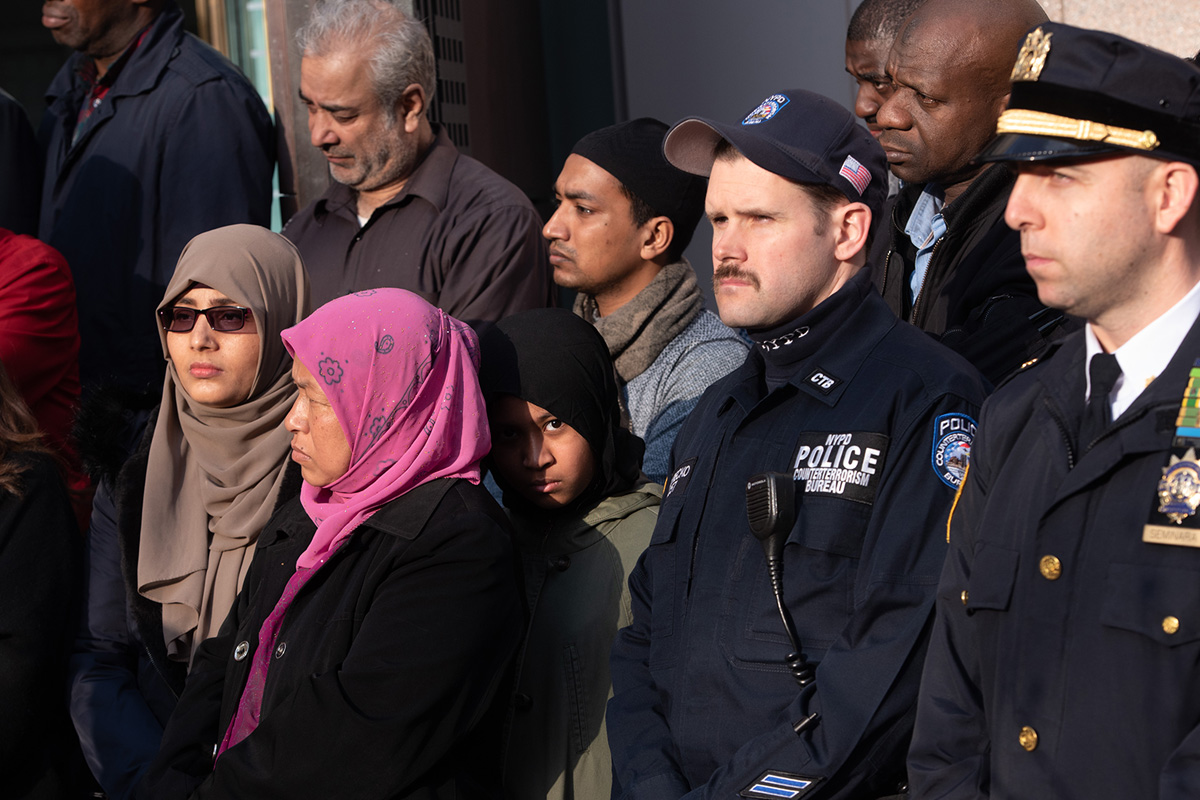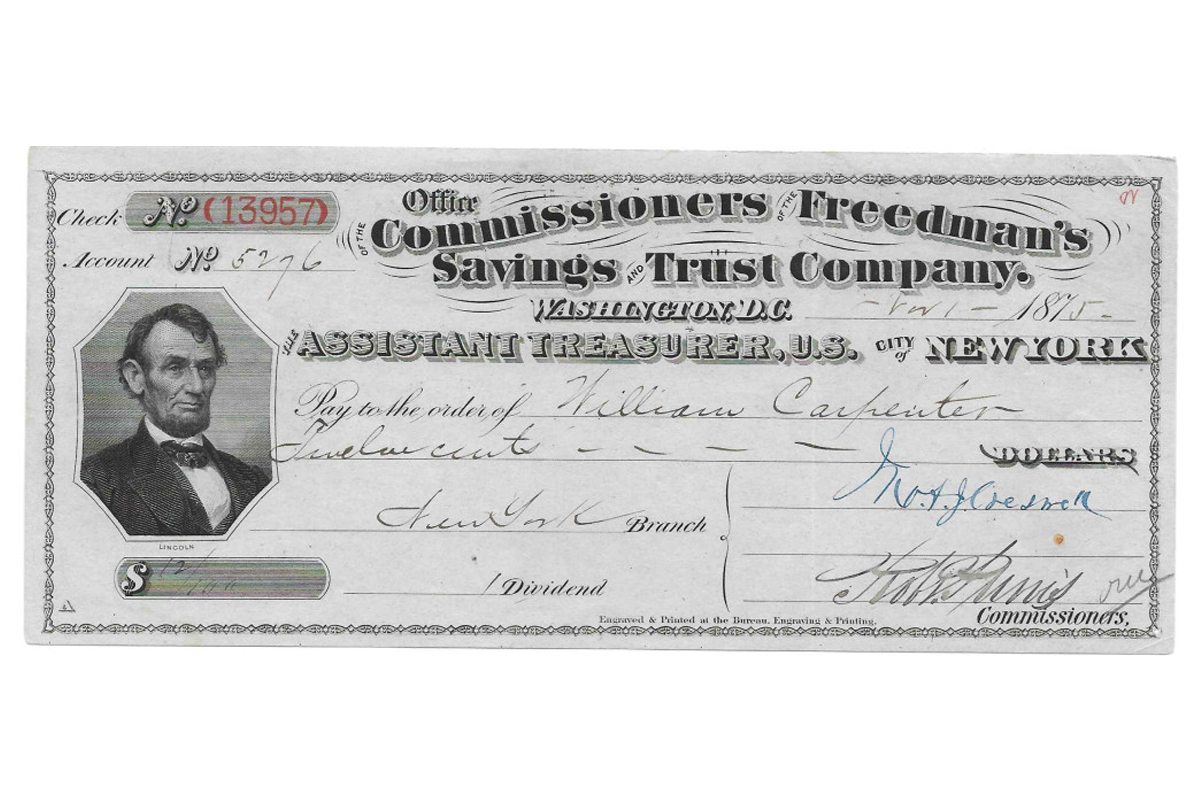KIOSK
Myth Lessons
The carceral state and the limits of sentimental realism
Matthew Spellberg

The Violent Crime Control and Enforcement Act, signed into law by Bill Clinton in 1994, is widely considered to be the capstone in the architecture of American mass incarceration. Among its many harsh provisions was a measure forbidding prisoners from receiving Pell Grants, the most important form of debt-free aid the government offers for higher education. Until 1994, there had been hundreds of college programs operating in the nation’s prisons. ...
READ MOREAbolitionist Alternatives
Black radicalism and the refusal of reform
Che Gossett

The political contours of the early modern Black abolitionist movement were shaped by Frederick Douglass, Harriet Jacobs, Olaudah Equiano, Harriet Tubman, and countless others in their everyday forms of resistance, and politically enunciated in the flashpoints of rebellions, uprisings, and insurgency against the violence of racial slavery. Abolitionist solidarity in the early period fractured along the fault lines of the political antagonism of anti-blackness. This chasm between abolitionist camps was the result of an incommensurable parallax. ...
READ MORENo Man’s Land
The architecture of abolition
Elleza Kelley

These days I get anxious in the cemetery when I see people having picnics and doing yoga, though I wonder if the dead don’t mind. I think maybe the dead are grateful for the children feeding ducks in the pond, climbing over their headstones, playing on the mausoleum benches without fear. Happy to be seen not as toxic or terrifying but as present, gentle, loved. I don’t know. ...
READ MOREHidden Enemies
An American history of taqiyya
Joshua Craze

The first time someone told me they knew my real identity, I was—naturally enough—in Florida. It was 2009, and a colleague and I were doing research for a piece on counterterrorism training for American law enforcement. We had attended a class in Broward County, where the trainer had gleefully joked about Muhammed’s pedophilia with Transport Security Administration officials, who then enthused that they were now ready to spot the terrorists threatening Miami International Airport. ...
READ MOREUnpaid Debt
The Freedman’s Bank and the abandonment of Black America
Yong Kwon

No people can well rise to a high degree of mental or even moral excellence without wealth. A people uniformly poor and compelled to struggle for barely a physical existence will be dependent and despised by their neighbors, and will finally despise themselves.
—Frederick Douglass
On May 29th, the fourth day of nationwide protests against racialized police brutality, protesters in Washington, DC sprayed graffiti on the walls of the Treasury Department annex on Lafayette Square called the Freedman’s Bank Building. ...
READ MOREPoor Connections
A long history of videotelephony
Vera Tollmann

Video conferencing becomes popular in times of crisis. During the early 1990s Gulf War and especially in the aftermath of 9/11, when executives temporarily lost trust in air travel, the use of this communication technology became more common as a business tool. This winter, the immobility and social distancing necessitated by the global spread of COVID-19 triggered again an urgent need for video conferencing technology. …
READ MOREGeographical Amusement
The rise of the cartographic board game
Colton Valentine

In 1795, Henry Carington Bowles released Bowles’s European Geographical Amusement, or Game of Geography, the latest in his family’s board game series. Allegedly based on a 1749 travelogue, “the Grand Tour of Europe, by Dr. Nugent,” it combined learned pretensions with simple rules. “Having agreed to make an elegant and instructive TOUR of EUROPE,” players took turns rolling an eight-sided “Totum” and moving their “Pillars” through the appropriate number of cities. ...
READ MOREAnimal Farms
A porcine history of East Germany’s rise and fall
Thomas Fleischman

“It is a sort of fairy story,” George Orwell wrote to his literary agent in 1944, “really a fable with a political meaning.” The fable was Animal Farm, and in it, Orwell set out to destroy the “Soviet myth” and the cult of Stalin. In our time, Animal Farm has become a standard part of any school education. In August 1945, when it was published in the United Kingdom, and in April 1946 when it came out in the United States, it was political dynamite. ...
READ MORESame as It Ever Was
In heaven with St. Augustine and the Talking Heads
Becca Rothfeld

According to medieval Jewish commentaries on the Torah, heaven will be dazzling and dramatic. It will contain chambers “built of silver and gold, ornamented with pearls.” New arrivals will pass through gates guarded by 600,000 angels and bathed in “248 rivulets of balsam and attar.” The righteous will attend elaborate feasts and lounge in lavish gardens. As a rule, paintings of heaven are more vague and more amorphous than paintings of hell, but avuncular artists still stuff them with cherry-cheeked cherubs. ...
READ MOREThe Devil’s Chord or a Tap on the Shoulder?
Recomposing the soundscape of the intensive care unit
Sally O’Reilly

Official Soviet press releases announcing the launch of the Sputnik satellite on 4 October 1957 pointedly publicized its radio signal frequency of 20–40 MHz—well within the range of amateur radio enthusiasts. Newspapers published timetables of its passage, and TV and radio stations and hams around the world lay in wait for Sputnik’s crackly beep, produced by a spherical body weighing 83.5 kilograms and flinging through near-space at 18,000 miles per hour. ...
READ MORE